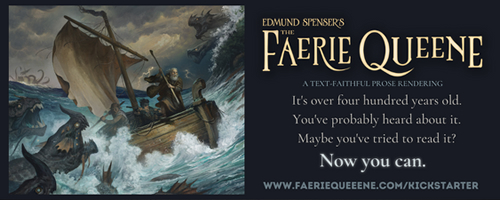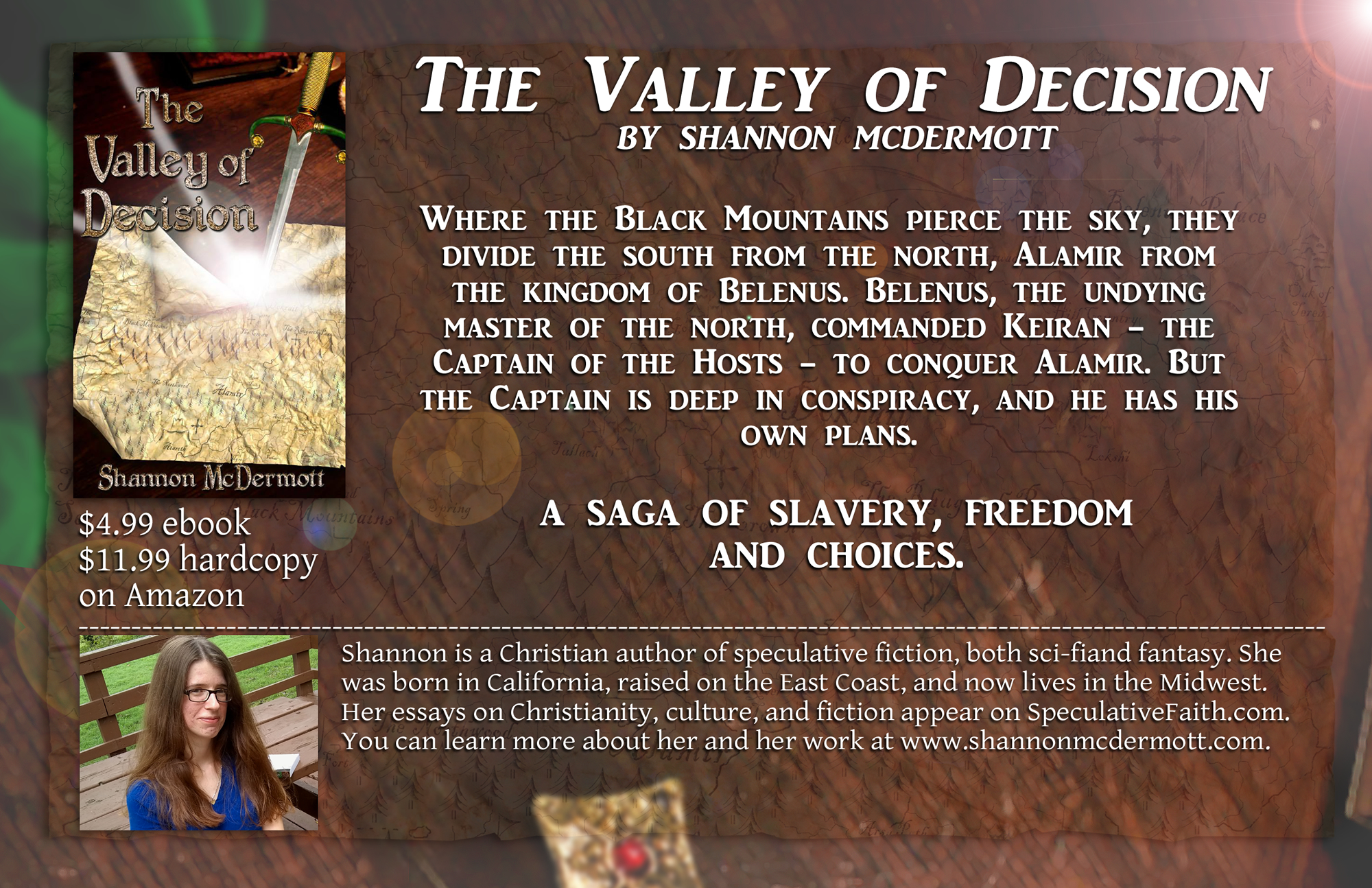The Saving Mystery
Last time I came by this way, I talked about Coco’s demoralizing portrait of the afterlife and how it casts a pall over the movie. Today, I want to move that discussion to a more general question of how the afterlife ought to be portrayed in fiction. My concern is not the gate to heaven or the road to hell, the broad and the narrow way; I am thinking of the much slighter question of what glimpses should be given of the afterlife, including the secondhand glimpses that come through ghosts or other denizens of the spiritual world.
The first thing to say is that we don’t really know what the next world looks like (which complicates creating glimpses of it!). We know what truly matters – eternal good or eternal bad, reward or punishment, God or the devil. Yet these abstractions are not translated into the concrete, except in the visions of Revelation. To what extent the fire and harps and gold are symbols of final destiny, or actual components of it, is a point of theological debate. Even the literal interpretation would leave us mostly with images of the New Jerusalem, which is not quite synonymous with Heaven. By any interpretation, the next world is mostly unknown – and unimaginable.
And fiction rushes in where theologians would fear to tread. It is easier for storytellers, you know: No portrait of the afterlife can truly be the way it is, but such literal truth is not their game anyway. Writers take two different avenues to spinning out visions of the afterlife. The first is that of symbolism; the concrete pictures represent abstract truths. In The Great Divorce, C.S. Lewis painted Hell as a city of empty streets sprawling out for thousands of miles in order to express the idea that the willful self-isolation of sin is consummated in Hell. Twilight Zone’s “Nothing in the Dark” personifies Death as a handsome young man to convey the idea that death is not a monster in the dark. In works like these, the presentation of the unknowable is true in the only way it can be – as a symbol.
Not all writers have such elevated aims. Those interested in a good story, and not transcendent spiritual truths, take the second avenue. Putting aside the quest to tell the truth about the next life, some writers take happy license to invent whatever is most expedient to plot twists, world-building, or thrills. Coco is an unusually elaborate example of this. Ghost stories provide a broad array of more simple instances. Consider the popular trope of ghosts who linger to finish some item of business, or say goodbye, or even to simply realize that they’re dead. The tellers of such stories don’t necessarily believe that dead people remain on earth seeking closure. In fact, I would wager that most of them don’t, and some don’t believe in the immortality of the soul at all. There is no actual attempt, in many stories of the afterlife, to express any truth of whatever lies on the other side of death.
 Yet there is, implicit in most of these stories, a sense of journey and a sense of mystery. We don’t know where the ghosts are going when they are finally ready to leave, but they are going somewhere; we don’t know what happens when the twilight over the city of empty streets ends, or where Death is leading the old woman. Many stories affect to peer through the great veil of death, but few pretend to tear it down. We are ignorant even in our stories, and in that ignorance is mystery, and in that mystery is hope.
Yet there is, implicit in most of these stories, a sense of journey and a sense of mystery. We don’t know where the ghosts are going when they are finally ready to leave, but they are going somewhere; we don’t know what happens when the twilight over the city of empty streets ends, or where Death is leading the old woman. Many stories affect to peer through the great veil of death, but few pretend to tear it down. We are ignorant even in our stories, and in that ignorance is mystery, and in that mystery is hope.
That is the mistake that Coco makes: It doesn’t have the saving sense of mystery, the sense of journey that could have redeemed the dreariness of the Land of the Dead. This, then, is the cardinal rule for writers who wish to tread into the next world: Leave the mystery. Never pretend to tell all.










































Sometimes I like stories BECAUSE they’re bleak, so Coco doesn’t really bother me from that standpoint. I didn’t really love or hate the movie, though there were some interesting concepts in it.
I kind of have a hard time with getting myself to write specific images of heaven or hell in my stories. There’s a lot of ambiguity and mystery in mine partly just because I can’t quite decide how I want to depict those things just yet, and partly because I don’t want people to interpret those things as the actual Christian perceptions of heaven and hell. But, I indicate a lot of varying opinions and interpretations amongst different characters. I have a few chars that believe in their version of Purgatory, for one, and they end up going to a world they interpret as Purgatory. Yet…as the story continues, the readers see that that world/realm is only one of many, so who knows if it’s actually Purgatory, or if Purgatory exists at all in that universe.
Sometimes I don’t like it when people do detailed scenes taking place in heaven or hell because they almost seem cartoony or like wishful thinking, so it just ends up making Christianity look silly.
I have a story idea that I have yet to put into writing in which black holes are hell–each black hole containing a totally isolated soul in eternal punishment. I’m reminded of my idea by your reference to The Great Divorce, which is one of the few works by C.S. Lewis I haven’t read (yet), and it’s description of hell as an isolated sprawl.
I don’t mind portrayals of the afterlife in general and I think if makes sense that Christian authors would “go there” at least at times. But it’s true that a highly simplistic view of life after death, which leaves no sense of mystery, I find pretty uninteresting…